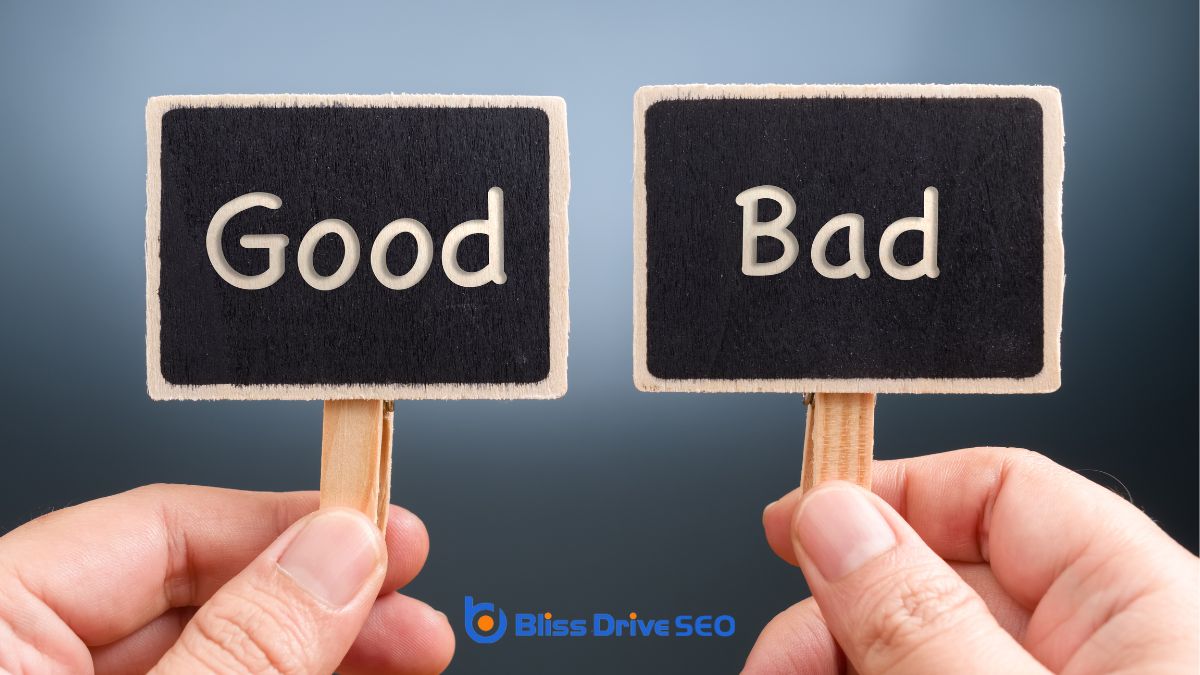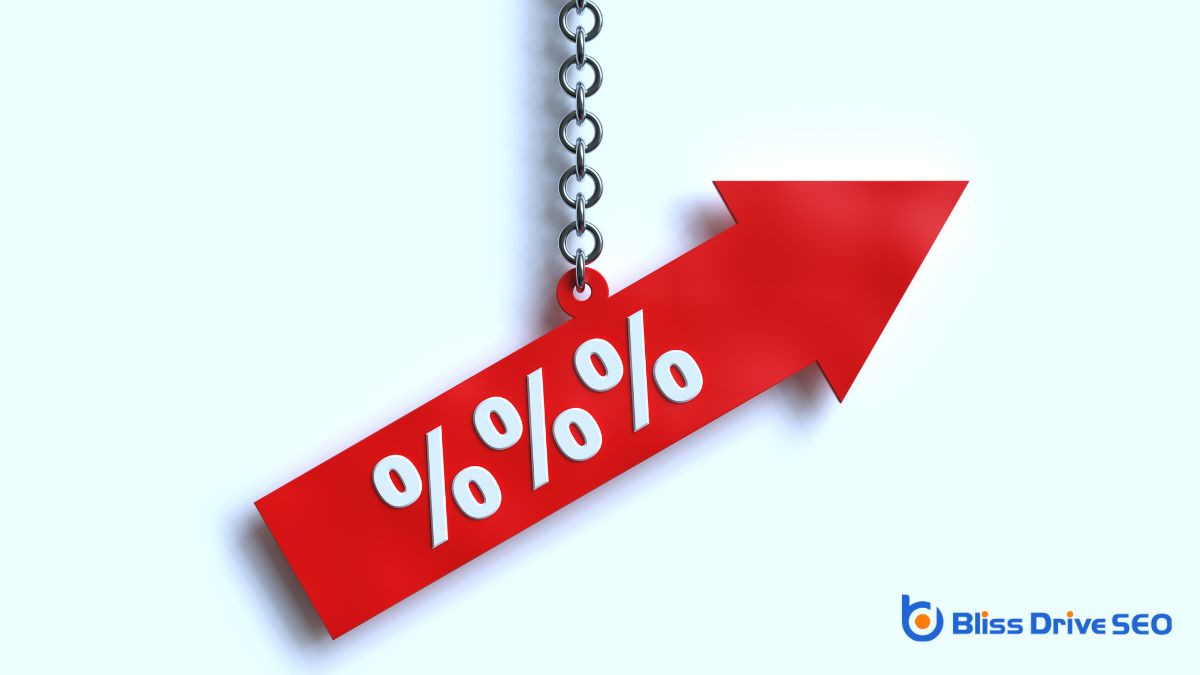Digital Marketing Services
Learn More About Us

You're probably wondering if a high conversion rateThe percentage of visitors who complete a desired action, such as making a purchase or filling out a... is always a positive indicator for your business. At first glance, it seems like a clear win—more conversions mean more sales, right? But what if those conversions come at the expense of profit margins or long-term customer value? Sometimes, a high conversionThe completion of a desired action by a referred user, such as making a purchase or filling out a fo... rate might mask underlying issues, like unsustainable pricing strategies or attracting the wrong audience. So, how do you assess whether a high conversion rate is genuinely beneficial for your business goals? Let's explore the nuances of this intriguing question further.

When you plunge into the world of digital marketing, understanding conversion rates is essential for evaluating the effectiveness of your campaigns. A conversion rate is the percentage of users who take a desired action, like making a purchase or signing up for a newsletterA regularly distributed email containing news, updates, and content relevant to subscribers., after interacting with your content. To calculate it, divide the number of conversions by the total number of visitors and multiply by 100.
It's not just a number; it reflects how well you're meeting your audience's needs and expectations. High conversion rates often indicate that your marketing strategies are resonating with your target audience.
Analyzing these rates helps identify strengths and areas for improvement, guiding adjustments to your tactics. Ultimately, understanding conversion rates helps you optimize your marketing efforts effectively.
Now that you grasp the concept of conversion rates, let's explore why a high conversion rate is beneficial.
First, it indicates that your marketing efforts are effective. More visitors are taking desired actions, like purchasing or signing up, which means you're reaching the right audience. This efficiency can lead to increased revenue without needing to expand your audience base considerably.
Additionally, high conversion rates can boost your brand's credibility. When users consistently convert, it signals trust and satisfaction with your product or service. You can gain valuable insights into customer behavior, helping you refine your strategies and offerings.
Furthermore, high conversion rates often lower customer acquisition costs, making your marketing budget more efficient. Fundamentally, a high conversion rate maximizes the return on your investment.
While high conversion rates can seem like the ultimate goal, it's important to recognize potential downsides. You might find that a high conversion rate doesn't always equate to increased profits. Sometimes, high conversions occur because prices are set too low, which can hurt your bottom line.
Furthermore, if your product or service doesn't deliver on promises, you could face a surge in returns or cancellations, negatively impacting customer satisfaction and brand reputation.
Another issue to watch for is whether the conversions align with your target audience. If you're attracting the wrong demographic, even high conversion rates won't translate into long-term success.
In addition, focusing solely on conversion rates might lead you to overlook other vital metrics, such as customer lifetime value or retention, which are essential for sustainable growth.
Evaluating traffic quality is essential for understanding the true effectiveness of your conversion rate. Not all traffic is created equal, and focusing solely on conversion rates without considering traffic sources can be misleading.
You need to guarantee that your website attracts the right audience—those genuinely interested in your products or services. Analyzing traffic quality involves looking at metrics like bounce rateThe percentage of visitors who leave a website after viewing only one page., time on site, and pages per session. High-quality traffic usually means visitors engage more with your content, indicating genuine interest.
Additionally, assess where your traffic is coming from. Organic search or direct traffic often yields higher-quality visitors than paid ads. By focusing on traffic quality, you can better understand your conversion rate's value and make informed marketing decisions.

After evaluating traffic quality, it's important to ensure that your metrics align with your business goals. Metrics should guide your decisions, not mislead them.
Start by clearly defining what success looks like for you. Is it revenue growth, brand awarenessThe extent to which consumers are familiar with the qualities or image of a particular brand., or customer retentionStrategies aimed at keeping existing customers engaged and encouraging repeat purchases.? Each goal demands specific metrics. For instance, if you're aiming for revenue growth, focus on metrics like average order value or customer lifetime value.
Confirm your conversion rate reflects these priorities. A high conversion rate might seem desirable, but if it's not driving your main objectives, it could signal misaligned efforts.
Regularly review and adjust your metrics, confirming they remain relevant to your goals. This alignment helps you make informed decisions and optimize your strategies effectively.
When looking at high conversion rates, it's essential to dig deeper. Sure, they often signal successful strategies and engagement, but they're not the whole story. You need to evaluate if these conversions align with your target audience and business goals. Don't let high numbers blind you to other important metrics, like customer lifetime value. Always assess the quality of your traffic and make sure your metrics are aligned with your goals for true success.
